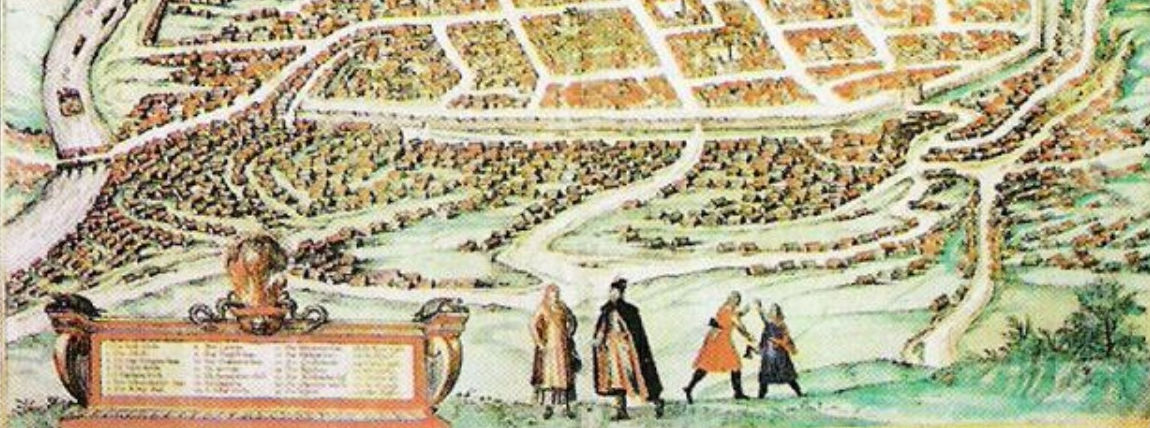Historian Sigita GASPARAVICIENE
Bishops’ gardens
Let us briefly overview historical development of the major Vilnius historical green spaces and their complexes starting from the very oldest ones.
Today’s Presidency Park (former Bishops’ Palace ) is one of the oldest with uninterrupted history. It is associated with the first written mention of this green space in 1387. ”A garden that is located at Goštauto street – A garden by a hillside southwards and a road circling around Vilnius towards the river in the West”. Part of Goštautų gardens territory is today covered with the Presidency Park. The Bishops’ gardens were also mentioned in 1543 letter of Bishop P.Alšėniškis (Holszanski), where he was writing about setting up a chapel in the garden by the Bishop’s Palace. The surviving inventory of 1753 shows that at the time this was an incredibly beautiful "Italian" style park in documents traditionally called the garden. It was developed following the example of Northern Italian parks, and covered a much larger area than it does now. The main park massif was situated in the territory of today’s Daukanto street. The garden of irregular shape was laid out geometrically with straight radial paths, round square and regularly shaped lawns characteristic of the baroque age. The centrepiece of the garden was a large quadrangle pond. In the 18th. C. this was on the most beautiful and interesting Vilnius parks. After the palace was transformed into the residence of Vilnius Governor General the former “Italian” or baroque park was redeveloped according to the design of the Principality architect J.Pusje and expanded westwards and the behind the palace. It was given the structure of the “English” park that came into fashion then. The green space was divided by wall into two independent parts from the composition point of view. The garden layout became more pictorial with new curved alleys and irregularly shaped lawns. The garden was expanded in the Southwest direction and moved from the old part in front of the palace that was now converted into a square. The square had a fountain with an oval pool. In 1898 the former was replaced by a monument of an ex-Governor General of Vilnius M.Murawjow, the suppresser of the 1863 revolt, and the square was named after him (the monument hated by Vilnius citizens was torn down after the 1st World War). After the 1st World War the square was named after Napoleon. Until 1987 the palace park had a 100 trees including maple, oak and chestnut trees much like by Lithuanians since old times.








